Speaking of Nature: Bring the birds to you: A behind-the-scenes tip of nature photography
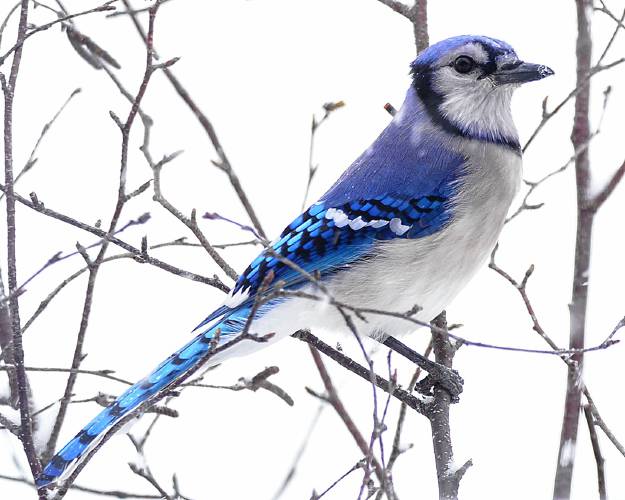
This gorgeous Blue Jay was courteous enough to pause and stare at me while I took its photo. The bird was out in a snowstorm and I was in my kitchen where it was warm, dry and comfortable. PHOTO BY BILL DANIELSON
| Published: 03-12-2024 10:23 AM |
Every week, rain or shine, winter or summer, I try to find something fun, interesting and positive to talk about in my column. This is actually an easy thing to do, but what can be somewhat problematic is finding a photo that will pair nicely with the idea that I have in my head. For me, it is the photo that drives the column.
During the warmer months, the acquisition of new photos is easy. In fact, it is delightful and I spend hours just sitting and observing nature with my camera at the ready. Regular readers of my column will be familiar with my Thinking Chair, but there are many other favorite spots that I have where I can pause and wait to see if something interesting comes along. I have a regular route that I walk to and from the meadow and over the years I have found some real treasures.
The arrival of cold weather does put a bit of a damper on things. I can still go out and wander, but the opportunities are fewer and further between. So, perhaps like many of you, I set up shop inside and spend my time looking out into my yard from the warm, dry and wind-free shelter of my home. The Thinking Chair is replaced with the Kitchen Chair and instead of gazing out across a meadow I spend my time looking at my deck and the many birdfeeders that I have arranged there.
I have taken many photos and written many columns on the birds that visit my feeders in the winter. I want to make sure that all of my readers understand that birds and mammals will readily approach your homes if you put out some food and keep a sharp lookout. Chickadees and cardinals are common enough, but I have also seen hawks and turkeys on my deck. Squirrels are the most common mammals to visit, but I also see rabbits and raccoons from time to time.
The photographer in me is happy to take photos of all of the birds that visit, but the artist in me sometimes wishes that I could do something about the background in my photos. Does that bird really need to be standing on the railing of my deck? It makes the photos “real,” but not always as beautiful as they might be. So, after reading many articles in photography magazines, I got the idea of bringing tree branches to the deck and propping them up so the birds had a “natural perch” to land on. This has worked reasonably well, but this year I really went all out.
Just about one year ago we had a major snowstorm in March that caused all sorts of trouble. Temperatures had been relatively warm, which meant that the ground was not completely frozen, and when we received almost 12 inches of heavy, wet snow, the trees paid a price. Some lost large branches, others lost parts of their trunks and still others just tipped over and pulled right out of the ground.
I have a birch tree in my yard and it lost the top of a particular stem that was trying to become a vertical trunk. The section that had snapped off the tree was about 10 feet tall and because it had broken free in March it had no leaves. During my spring cleaning I dragged this stem over to a brush pile and forgot about it, which meant that it had a chance to “cure” in the warm months of summer. Thus, at the beginning of winter, this section of tree trunk was a perfect candidate for a natural perch on my deck.
Named the “Birch Perch,” I positioned it so that it was behind my feeders, but close enough to them so that the local birds would find comfort in finding a place to land and survey the situation before committing to land on the deck. It also happens to be directly in front of my kitchen window, where I can get a direct shot at any bird courteous enough to pose for me. Even with this advantage I have still had to contend with the myriad issues that face all photographers. The weather has to be right, the lighting needs to cooperate and the birds have to sit at the right angle.
Article continues after...
Yesterday's Most Read Articles
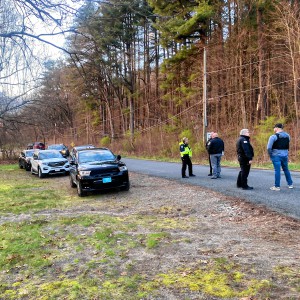 Police report details grisly crime scene in Greenfield
Police report details grisly crime scene in Greenfield
 Super defers Amherst middle school principal pick to successor; one finalist says decision is retaliation for lawsuit
Super defers Amherst middle school principal pick to successor; one finalist says decision is retaliation for lawsuit
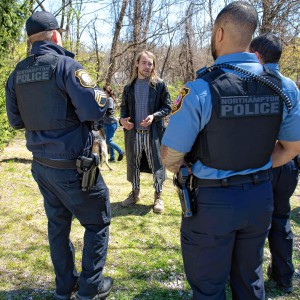 Homeless camp in Northampton ordered to disperse
Homeless camp in Northampton ordered to disperse
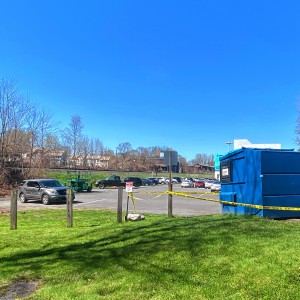 Authorities ID victim in Greenfield slaying
Authorities ID victim in Greenfield slaying
 Haydenville residents resist Greenway trail plan, float alternative design
Haydenville residents resist Greenway trail plan, float alternative design
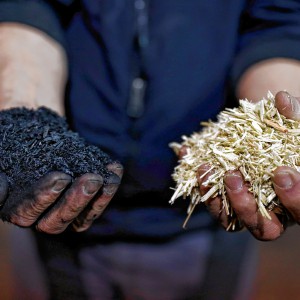 Locking up carbon for good: Easthampton inventor’s CO2 removal system turns biomass into biochar
Locking up carbon for good: Easthampton inventor’s CO2 removal system turns biomass into biochar
Because the Birch Perch is right there I have been able to do a little pruning to remove troublesome twigs. I have also had to contend with the fact that the smaller branches are fragile and have a tendency to break off when larger birds and squirrels arrive. However, at this point the most vulnerable bits have fallen away and the branches that remain are fairly robust.
I spend at least an hour at my kitchen window every Saturday and Sunday and during that time I have captured many beautiful photos of birds on the Birch Perch. The one that I share with you today features a stark monochromatic background with a stunning Blue Jay in the center. The careful observer will note that there are a couple of snowflakes in the frame (from one of our rare snow days this winter) and that there are birch catkins on some of the smallest twigs. This is a legit wild bird that has come to my deck for free food and I have merely managed the appearance of its perch.
So if you are a bird enthusiast and you are looking for a way to improve your photos, one strategy is to get closer to the birds, or to bring the birds closer to you. Even at a distance of only 20 feet you may find that the details just aren’t good enough and that can only be fixed by spending lots of money. For now, however, why not try setting up a sort of outdoor photo studio where you can bring the birds to you. I promise you that the struggle of trying to get things just right will be a lot of fun.
Bill Danielson has been a professional writer and nature photographer for 26 years. He has worked for the National Park Service, the US Forest Service, the Nature Conservancy and the Massachusetts State Parks and he currently teaches high school biology and physics. For more in formation visit his website at www.speakingofnature.com, or go to Speaking of Nature on Facebook.

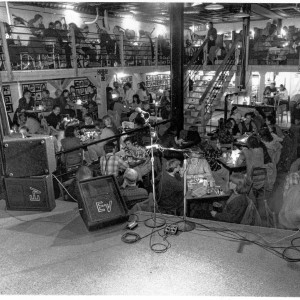 The Iron Horse rides again: The storied Northampton club will reopen at last, May 15
The Iron Horse rides again: The storied Northampton club will reopen at last, May 15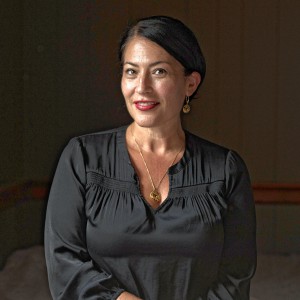 The power of poetry: U.S. Poet Laureate Ada Limón to speak at Smith College
The power of poetry: U.S. Poet Laureate Ada Limón to speak at Smith College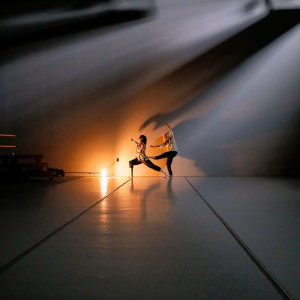 Upon Nancy’s Floor: 33 Hawley event celebrates iconic dancers, history, and a new dance floor
Upon Nancy’s Floor: 33 Hawley event celebrates iconic dancers, history, and a new dance floor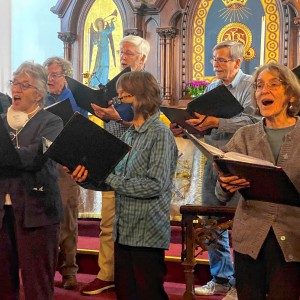 Embracing both new and old: Da Camera Singers celebrates 50 years in the best way they know how
Embracing both new and old: Da Camera Singers celebrates 50 years in the best way they know how
